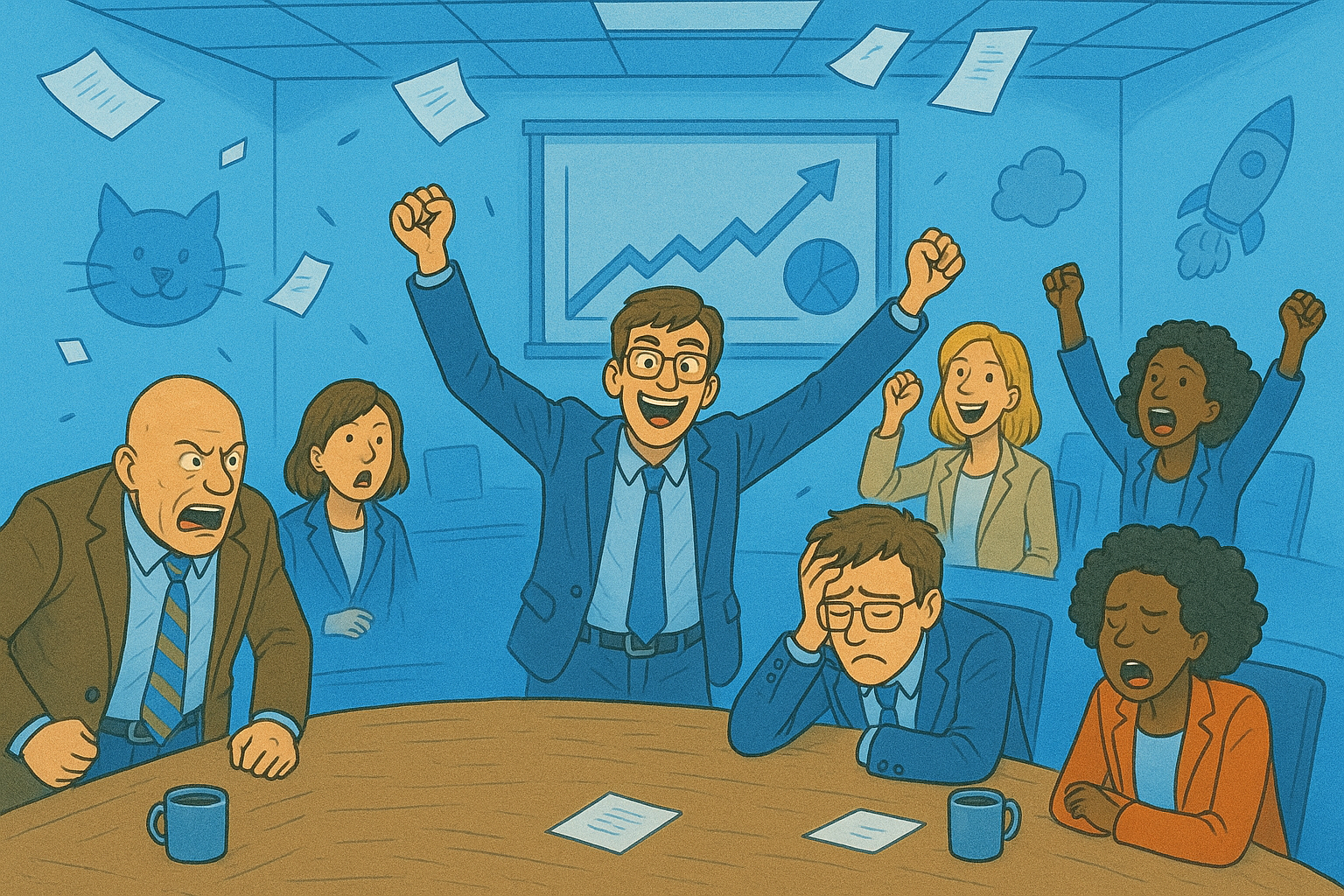When run correctly, Pharmacy and Therapeutics meetings are one of the most important parts of running an effective correctional healthcare operation. I have seen that when I ran programs, and as a consultant. If you do not use your P&T in a jail or prison healthcare operation to the fullest, you are wasting money or worse. When P&T meetings are combined with regular billing reviews and communication with providers, pharmacy spending can easily come under control without any draconian measures.
I will never forget my first Pharmacy and Therapeutics meetings with a new employer. We operated multiple correctional facilities and had a pretty hefty pharmacy budget. A $500 (call it $900 to $1,000 in today’s prices) medication I did not recognize caught my eye. “What is that?” I asked.
The pharmacist said. “Acne medication”.
I turned right to the Chief Physician. He said, “When they get to derm, this happens. We kind of have to go with the specialist.”
While I was looking back at the slide and thinking of ways to handle the conversation about dermatology trips for acne, the pharmacist added, “It is so expensive because it is in a foam. You can get the same medication in a cream for $30.”
I looked back at the Chief Physician, who quickly said, “I can go ahead and change that.”
For years, $500 face foam became the term I used for bad pharmacy purchases. I was always very clear with the providers who worked for me that I would support anything that a patient needed, but they needed to be able to support their decisions. That one episode really illustrated three of the main techniques I used to keep my pharmacy costs down in correctional healthcare environments.
Ask Questions
Ask questions of your pharmacists and providers. As a health authority in correctional healthcare environments, I was responsible for the finances. I did not need to be a doctor to ask for an explanation. In the incident described above no one had all the information. Only when we asked questions and spoke together was the solution revealed. Two minutes of conversation saved us $470 a month.
Providers Need to Know Prices
Make sure you and your providers know what the costs of what they are prescribing. Medical providers in regular healthcare and correctional environments often do not know or consider the cost of medications when prescribing. This is not some noble, cost-neutral approach. They really don’t think about it. In fact, the reason why pharmaceutical companies target young physicians so much is that they will prescribe a huge variety of medications when they start, but will slowly narrow to something like 12-20 favorites. They want to be part of the 12-20 favorite medications. In most cases, providers have their choice among equivalent medications. When they become aware of the price and know that they may be asked about it, they will start patients on the less expensive of the two equivalent alternatives.
Always Review Your Bill
In the example above, I had not been the one to review that bill. I was lucky that the number popped up on a slide. I used to insist on getting my bills in a spreadsheet as well as a PDF. I would sort them by cost, with the highest on top. I did that every month and then sent the sorted version to the Chief Physician. In the beginning, I would have some questions about specific medications. As time passed, I found that I had fewer and fewer questions. When the providers were aware, they made good choices. It was also a chance to catch odd mistakes. Sometimes people would slip up and order brand over generic when it was not needed, or they would order the prescription version of an OTC medication (same dose) for a considerable markup.
With these basic steps and a few others, we were able to reduce per capita spending on medications multiple times over the years. All it took was knowledge, awareness, and communication.







